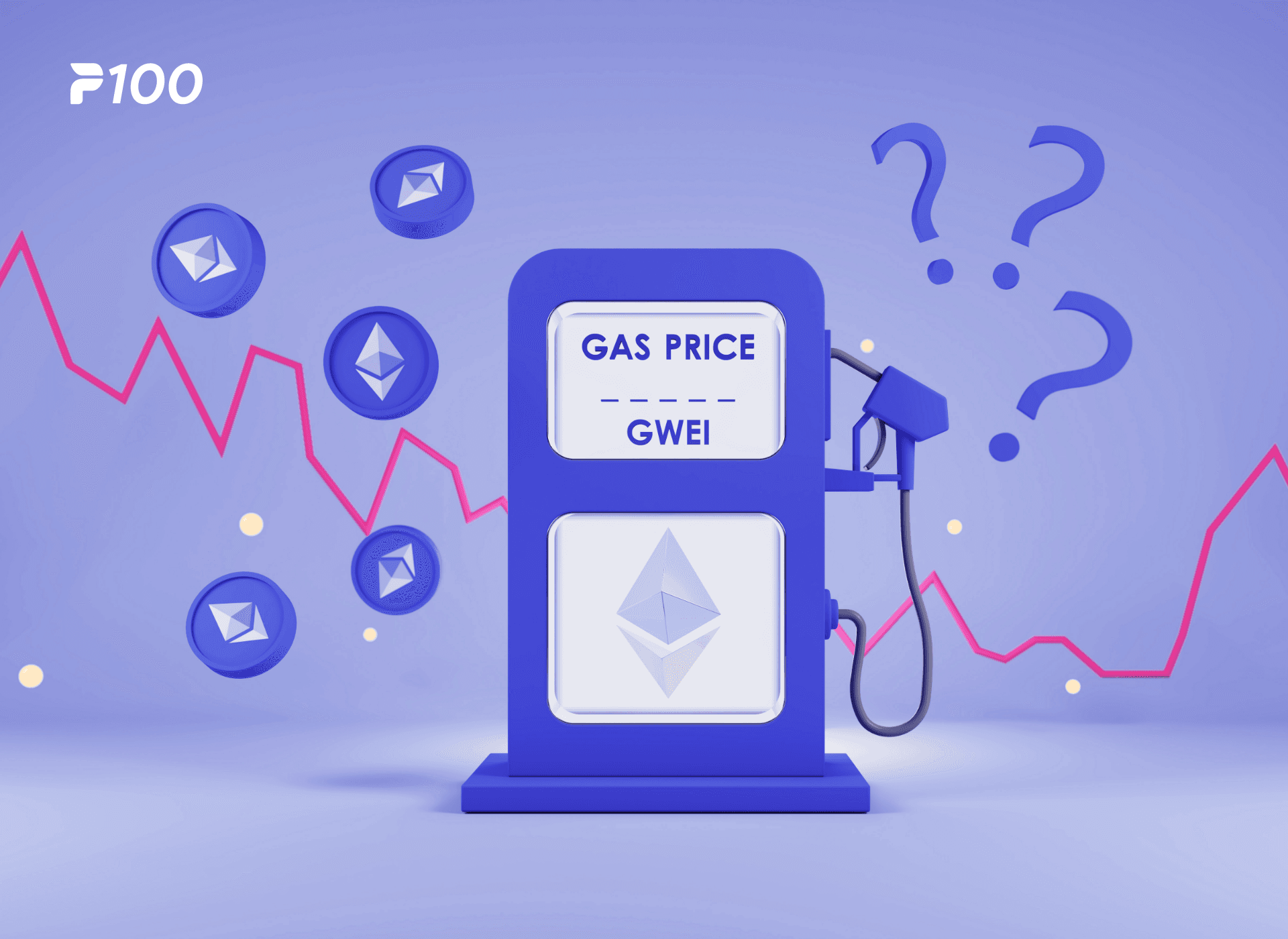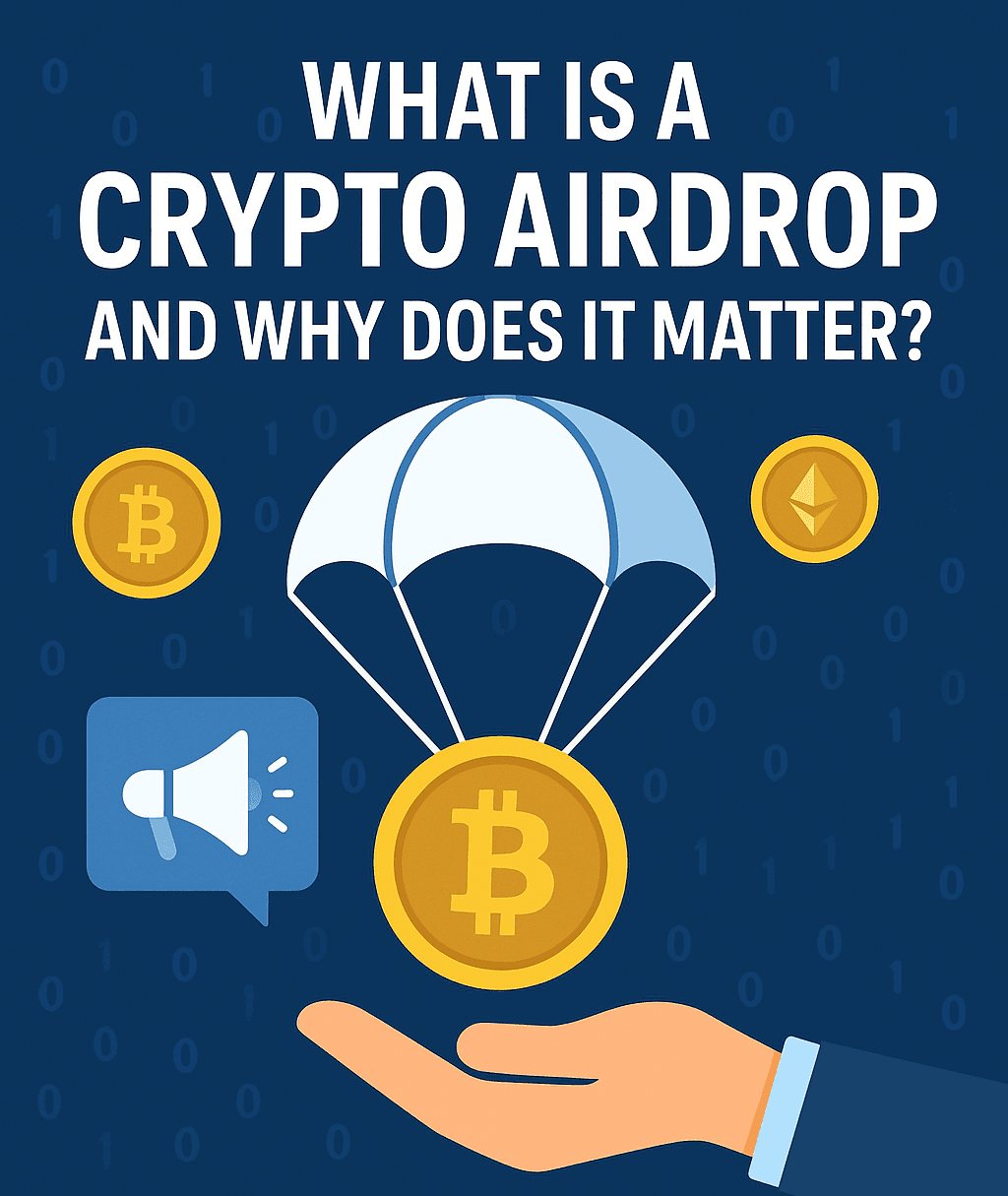In the world of crypto, “bridging” means moving tokens from one blockchain to another without using a central exchange. It makes it easy for users to move assets like USDC, ETH, or SOL between different blockchain networks, which opens up new possibilities in the multi-chain environment. Many beginners often search for what does bridge mean in crypto to better understand how cross-chain interactions work.
Bridges may help you access chains with lower gas fees, although the bridging transaction itself may cost more. When you want to spread out your assets, take part in decentralized apps on various chains, or lower the costs of transactions, bridging is a viable option.

Anyone who works in a multi-chain setting needs to know how bridging works. It keeps tokens safe while they move between networks and helps users take full advantage of opportunities that exist across chains.
What Is Bridging in Crypto and How Does It Work?
Bridging crypto is the process of moving digital assets between different blockchain networks. This lets ecosystems that normally can not talk to each other directly work together. Cross-chain bridges, which are another name for crypto bridges, make it safe for tokens like BTC, ETH, SOL, USDC, and others to move from one blockchain to another.
These bridges keep assets locked on the source blockchain while creating equal tokens on the target chain. This keeps the total supply steady. If the user wants to undo the process, they use lock-and-mint, but some use liquidity pools or native re-minting assets to the source chain. This method keeps networks safe, trustworthy, and open.
When people use crypto bridging, they can connect to more than one environment. This lets them do faster swaps, pay less, and use decentralized apps across chains. Some well-known examples are the Polygon Bridge, which makes it easier to send money between the Polygon network and Ethereum, and other cross-chain solutions that make multi-chain work better for both users and projects.
Why Blockchain Bridges Are Important for Crypto Users
An often-searched topic connected to user awareness is what are crypto gas fees, as they can be reduced by choosing optimized chains via bridges.
In today’s crypto environment, blockchain bridges are very important because they allow different blockchain networks to work together and make it easy to move assets between them. They let people move tokens between chains like Ethereum, Solana, Polygon, and Base. This gives people access to a wide range of decentralized finance (DeFi) protocols, NFT platforms, and other blockchain apps.
Cost and Speed Optimization: Bridges help people avoid networks that are too busy or charge too much. Users also research best crypto exchanges like Binance, OKX, and Coinbase for safe onboarding before participating in cross-chain actions.
Multi-Chain Experiences: Bridges replace centralized exchanges and manual cross-chain trade. Users can do cross-chain swaps in a single, simplified step, which makes them easier to access and more convenient.
Growing Ecosystems: Crypto bridges allow activity and cash to move between ecosystems as new blockchains appear and old networks change. They help developers, encourage usage, and speed up the process of using multi-chain apps.
Crypto users can be more productive, save money, and participate in a fully connected decentralized ecosystem by using blockchain bridges. This makes cross-chain activities easier to access and safer than ever.
Cross-Chain Interoperability
Cryptocurrency users can easily move assets between Ethereum, Solana, Polygon, and Base blockchain networks thanks to cross-chain interoperability. Users can access many DeFi protocols, NFT platforms, and decentralized apps without using centralized exchanges by linking environments that were previously separate.
This feature not only makes trading, staking, and yield farming possible across more networks but also makes handling digital assets more flexible and efficient. Cross-chain interoperability makes it easier for developers to work together across platforms, opening up new ways for innovation and liquidity.
The Role of the Polygon Bridge
Making it easy to transfer funds between the Polygon network and the Ethereum mainnet, the Polygon Bridge is a key link between the two. As blockchain networks keep growing, it becomes more important to be able to communicate and move tokens easily between networks. The Polygon Bridge solves this problem by providing a safe and solid way to link different blockchain networks, allowing them to work together easily and making the user experience better overall.
Step-by-Step Guide to Using the Polygon Bridge
How do crypto bridges work? To safely transfer tokens between the Polygon network and Ethereum, the Polygon Bridge makes the process much easier. To start, you need to connect your digital wallet to the Polygon Bridge. Next, pick the token you want to transfer and enter the amount. The bridge will then give you an estimate of how long the transaction will take and any fees that are involved.
Once you are sure of everything, start the upload and wait for the network to process it. Some users also explore alternative networks like Zavros network while learning bridge behavior. After you finish, your tokens will show up on the target network and be ready to use. Users can confidently move assets between blockchains with this step-by-step method that makes the process smooth and reliable.
Key Benefits of Blockchain Bridges
Users can easily move tokens between networks, like Polygon and Ethereum, with the help of blockchain links like the Polygon Bridge. This feature improves liquidity by giving users access to larger pools on the Ethereum network. This makes trade more efficient.
When users bridge assets, they can access many DeFi services and apps, like lending, staking, and different trading methods, that might not be available on the Polygon network. Furthermore, blockchain bridges improve interoperability, create more possibilities for users, and strengthen the whole blockchain ecosystem by linking networks that would otherwise be separate.
How Crypto Bridges Improve Scalability and Network Growth
Crypto bridges, like the Polygon Bridge, are very important for making the blockchain area more scalable and for growing the ecosystem. These bridges make it possible for users to move tokens between networks like Polygon and Ethereum.
Many users also explore topics like what is bitcoin halving while tracking major supply events that shape blockchain activity. This speeds up transactions and makes major networks less crowded. This scalability makes sure that actions go faster and cost less for both users and developers.
On top of that, blockchain bridges help communities grow by connecting them. They enable liquidity transfers and developer activity by connecting established and new networks. Users may access more apps and services, and developers can innovate across chains as interoperability develops, boosting the blockchain infrastructure and accelerating network expansion.
Cost Efficiency and Faster Transactions with Crypto Bridges
Crypto bridges optimize blockchain transactions for lower fees and faster working times, which makes them more efficient and faster. Users can lower transaction costs by bridging from slow, expensive chains like Ethereum to faster, cheaper chains like Solana. Individual users benefit from this low-cost method, and it also helps bigger decentralized applications by making interactions faster and cheaper across multiple blockchain ecosystems.
Multi-Chain Experiences Made Possible Through Bridging
Crypto bridges let users engage with several blockchain networks without centralized exchanges. Cross-chain swaps make it possible to move and trade assets directly between chains in a single, simplified process.
This feature lets users discover a variety of decentralized apps, liquidity pools, and services across various networks, making the blockchain experience more adaptable and linked.
Best Practices for Safely Using Blockchain Bridges
To use blockchain bridges safely, you need to follow some basic rules that will keep your assets safe and your trades running smoothly. By taking these steps, users can use blockchain bridges safely and get the most out of them across various networks.
- Know the dangers: Hackers and exploiters often go after bridges. Attacks on bridges have cost billions of dollars, so it is important to stay aware of possible weak spots.
- Choose audited, trusted providers: Choose bridges audited by companies. Trusted bridge providers include Wormhole and Allbridge. Phantom is a wallet that uses bridge aggregators like LiFi, have better security records and put you at less risk.
- Use aggregators when possible: Utilize aggregators whenever you can. Aggregators like LiFi choose the fastest transfer lines, the lowest fees, and the best returns by switching between multiple bridge providers on the fly.
- Double-check transaction inputs: Make sure you have enough native tokens to cover the gas fees on both the source and target networks. Before completing a trade, check the wallet addresses, token contracts, and destination chains.
- Monitor the swap and use transaction trackers: Track work with built-in tools (like Phantom’s Activity tab) or external ones (like Li.Fi Scanner and blockchain explorers like Etherscan and Solscan) to make sure the job is done and avoid problems.
Risks of Crypto Bridges You Should Know
Crypto bridges have a lot of useful features, but they also have risks that users need to be aware of. Hackers and exploits often go after bridges, which has caused the crypto community to lose a lot of money. Users should be aware of possible security holes, such as bugs in smart contracts, problems with network congestion, and hacking attacks.
Users can reduce the risks of cross-chain transactions while still taking advantage of them by learning about them and taking safety precautions like checking out official bridge platforms, keeping private keys safe, and using small test transactions.
How to Choose a Secure and Trusted Bridge Provider
For safe cross-chain trades, you must choose a trustworthy crypto bridge. Choose providers that have had full audits by reputable companies and have a history of keeping your information safe.
Established systems, like Phantom, Wormhole, and Allbridge, are known to be reliable and clear, which lowers the risk of exploits. To make sure the bridge is real, look at its documentation, community comments, and network activity. Users can use cross-chain features with confidence and keep their digital assets safe if they choose a known bridge provider.
Why Use Aggregators for Cross-Chain Swaps
By choosing the fastest way for your transactions, aggregators make cross-chain swaps easier and more efficient. Phantom’s Crosschain Swapper uses platforms like Li.Fi that constantly compares different bridge providers to find the fastest transfer times, lowest fees, and best profits.
When users use these tools, they can move assets between multiple blockchain networks more quickly, cheaply, and easily, making the multi-chain experience faster and more reliable.
Tips to Double-Check Your Transactions Before Bridging:
- Make sure you are using the official bridge tool to stay away from phishing or fake sites.
- Check the details of the target network and token twice before starting a transfer.
- Do a few small test transfers to make sure the process works right.
- Remember to always keep your wallet and private keys safe.
- Know about changes to the network and possible security holes.
- Make sure you have enough native tokens in your wallet to cover the gas fees on both the source chain and the target chain.
- Make sure that wallet addresses, token contracts, and chains are correct before you approve a transaction.
- Only use trusted bridge companies that have a history of strong security.
- Think about using aggregators to find the fastest transfer way with the lowest fees and the highest returns.
- Keep an eye on and review your cross-chain action on a regular basis to find and stop problems before they happen.
How to Track and Monitor Cross-Chain Transactions
To make sure that cross-chain transfers go smoothly, you should keep an eye on your activities. Built-in state indicators, like the Activity tab in Phantom, let you see real-time progress. If you want to make sure you have done everything right, you can use outside tools like Li.Fi Scanner or blockchain scanners like Etherscan or Solscan. Keeping track of your transactions on a regular basis helps avoid mistakes, makes things clear, and ensures that your assets get to where they need to go safely across networks.
Using the Phantom Crosschain Swapper Tool
The Crosschain Swapper feature in Phantom Wallet makes it easy and safe to transfer tokens between Ethereum, Solana, Sui, Base, and Polygon blockchains, without using complicated external links or centralized exchanges.
Key benefits of using Phantom’s Crosschain Swapper include:
- In-wallet bridging: You can send money between chains right from the Phantom Wallet interface.
- Better route selection: Pick the fastest or least expensive way for your swaps.
- Clear fees: See how much a transaction will cost, how long it will take, the service fees (about 0.3%), and Phantom’s own fee of 0.85%.
- Status changes in real time: Watch swaps happen in real time in Phantom’s Activity tab, and use extra tools like Li.Fi Scanner to see more.
- The “refuel” feature lets you get some of your bridged funds in the form of native gas tokens, which get you ready for activities on the new chain.
How to use Phantom’s Crosschain Swapper for the first time:
- Take out your Phantom Wallet.
- Click on the Swap tab.
- Pick the original chain and token, like ETH from Ethereum.
- Pick the chain and token the money will go to (for example, USDC on Solana).
- Type in the amount and choose the route you want to take (fastest or best return).
- Look over all the information, such as the fees, the expected arrival time, and a summary of the transaction.
- Say yes to the swap.
- Check the Activity tab to see how things are going. Swaps can take anywhere from a few minutes to an hour, based on how fast your network is.
This tool makes cross-chain transactions easier and offers security, speed, and transparency, making it perfect for people who use more than one blockchain environment.




